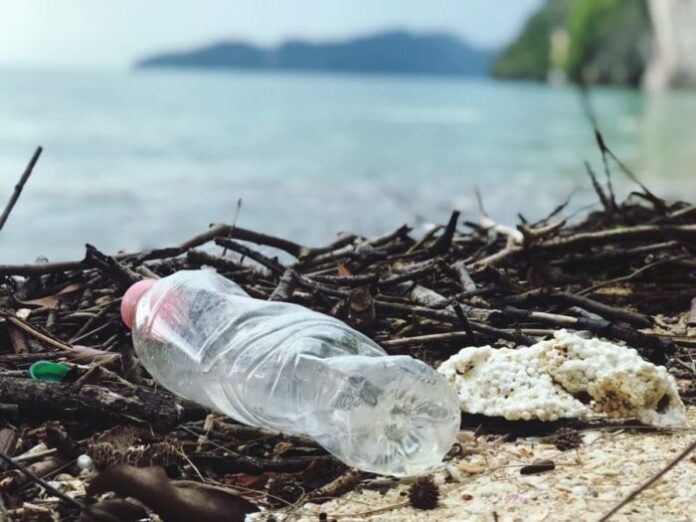
The highest concentration of microplastics ever discovered in the Tyrrhenian Sea. The alarm was launched by the “Seafloor microplastic hotspots controlled by deep-sea circulation” study, published in Science, according to which the Tyrrhenian Sea hosts a much higher quantity of waste than estimated to date. In the area between Tuscany, Lazio, Sardinia and Corsica, scientists counted up to 1.9 million fragments in a single square meter.
The study confirms the data on microplastic pollution in the Mediterranean, and in particular in the Tyrrhenian Sea. According to new research, conducted by scientists from the universities of Manchester, Durham and Bremen, in collaboration with colleagues from the British Oceanographic Center (Noc) and the French Research Institute for the Exploitation of the Sea (Ifremer), the concentration of microplastics in the Tyrrhenian Sea it has the highest values ever recorded in the deep seabed: up to 182 fibers and 9 fragments were found per 50 g of dried sediment at the base of the Sardinian continental slope.
The study focused on microplastic hotspots in the seabed, that is, in areas where, or carried by the deep currents, most of the plastics that end up in the ocean accumulate.
The microplastics found on the seabed are mainly made up of fibers from clothing and other textile products. They explained to the infremer that “these fibers are not filtered effectively in wastewater treatment plants and easily penetrate rivers and oceans.”
Once the microplastics reach the sea two scenarios open. Whether they settle slowly or are quickly transported by currents of powerful submarine “avalanches” that descend through submarine canyons to the bottom. “Once in depth, microplastics are easily captured and transported by the bottom currents that can concentrate the fibers and fragments in large into large sedimentary banks.”
Thanks to the upwelling phenomenon, these depth currents transport water rich in oxygen and nutrients and this means that the seabed microplastic hotspots can also host important biological communities capable of consuming and absorbing microplastics.
This study reveals for the first time the direct link that exists between the behavior of bottom currents and the concentrations of seabed microplastics. These results will help predict the establishment of other large-depth microplastic hotspots and thus guide research on the impact of microplastics on marine life.



































